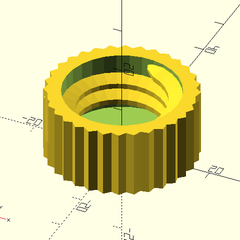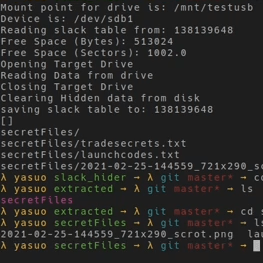In 1997 a set of DEC tapes were provided by Dennis Ritchie, as historical artifacts for those interested in the gestation of the UNIX operating system. The resulting archive files have recently been analysed by [Yfeng Gao], who has succeeded in recovering a working UNIX version from 1972. What makes it particularly interesting is that this is not a released version, instead it’s a work in progress sitting somewhere between versions 1 and 2. He’s therefore taken the liberty of naming it “V2 Beta”.
If you happen to have a PDP-11/20 you should be able to run this operating system for yourself, and for those of us without he’s provided information on which emulator will work. The interesting information for us comes in the README accompanying the tapes themselves, and in those accompanying the analysis. Aside from file fragments left over from previous users of the same tape, we learn about the state of UNIX time in 1972. This dates from the period when increments were in sixtieths of a second due to the ease of using the mains power frequency in a PDP, so with a 32-bit counter they were facing imminent roll-over. The 1970-01-01 epoch and one second increments would be adopted later in the year, but meanwhile this is an unusual curio.
If you manage to run this OS, and especially if you find anything further in the files, we’d love to hear. Meanwhile, this is not the oldest UNIX out there.
Featured image: “PDP-11/20 Rocker Switches” by Don DeBold




















